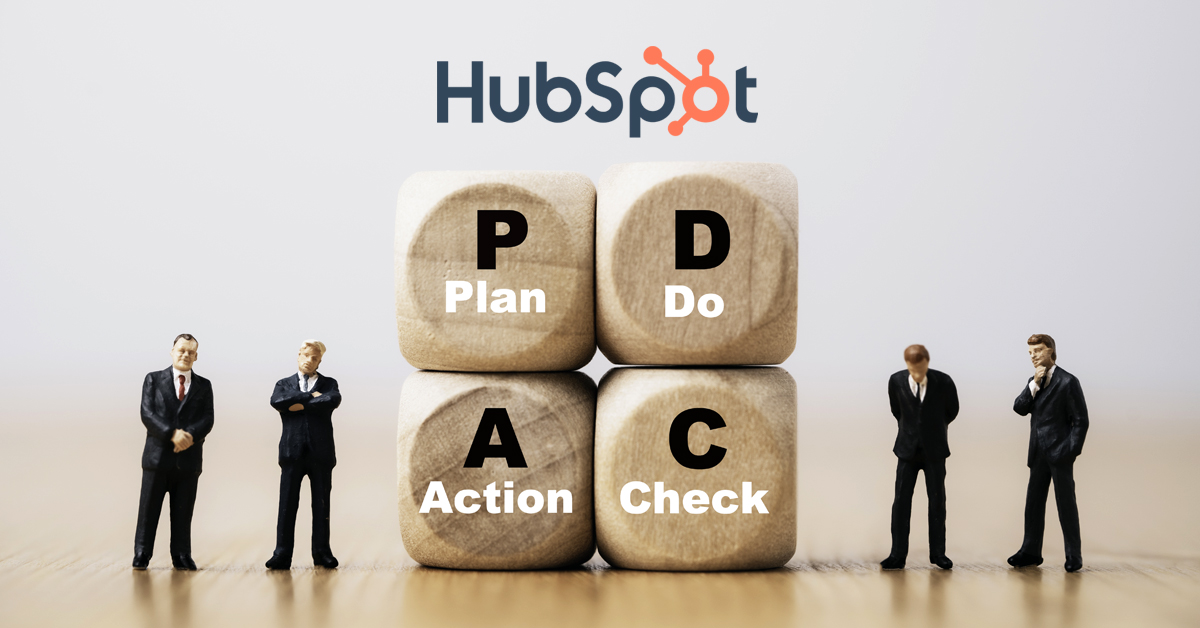Assigning leads to associates outside HubSpot – and organising them
January 31, 2023

In most cases, companies look to generate leads for sales departments within. However, there are situations where the lead needs to be directed to associates like resellers or partners who do not have access to HubSpot. Typically, they are generated from contact forms on the company website or a landing page. One of the form fields asks the prospect to list the number of customers or subscribers.
The company wants resellers or associates to follow up with smaller customers so that sales teams work with prospects above a specific size.
As a result, two requirements arise:
-
Could you forward requests to the reseller or partner? This can be via a simple forward of the notification email that the form fill generates.
-
The next step is to track the progress of those requests. During regular calls with resellers, they can be asked about the progress made on the forwarded leads.
How this can be handled
Karsten Koehler offered the following recommendations in the HubSpot Community.
Generating leads for continued business opportunities is essential. But equally important is what happens after the enquiry comes in
HubSpot permits can be created so that the entities only see what they need to update record information. Depending on the framework contracts, non-disclosure agreements that you have with them and the opinion of your IT team, this is one of the options.
Or else, use a contact-based workflow that branches based on the logic described above. You would then use the 'Send internal marketing email' workflow to send these notifications. The biggest challenge is keeping these records current when the resellers aren't working from HubSpot.
This can again be managed in one of two ways. Save filtered views for each reseller on the contact index page (Menu > Contacts > Contacts). During a video call, you can go through this filtered view and update values (Lead status, Lifecycle stage, etc) as you go by clicking into any cell. (This was added recently to HubSpot.) Reports are read-only.
Alternatively, you can ask the resellers to track certain information in Excel files and bulk update their contacts via import. In this case, you should provide an Excel template and email notifications.
Use Custom Properties to organise leads better.
Jacob Olle, a HubSpot Certified Trainer, offered an exciting way to organise leads in HubSpot.
Contact Type — dropdown property with "Prospect," "Current Client," "Former Client," "Vendor," etc. as values. This property lets you easily categorize contacts at a high level so that you know their exact business relationship with you.
Contact Status — dropdown property (separate from "Lead status") with "New," "Contacting," "Unqualified," "Not Interested," "Bad Timing," and "Do Not Contact," etc. as values. This property lets you track the prospect > MQL > SQL process when sales would create a deal for the contact.
New = the lead has never been contacted.
Contacting = sales rep outreach is in progress, but they haven't yet o have a direct conversion.
Unqualified = sales rep connected with the lead and determined that they're not fit to do business with (there's a bunch that you can build upon here, like "Unqualified reason" and automated value updates)
Not Interested = The sales rep connected with the lead and determined they're a decent fit, but the lead expressed that they aren't interested. They can be benched in HubSpot for a while if you feel it makes sense to follow up again.
Bad Timing: = The sales rep connected with the lead and determined they're a decent fit, but the lead expressed that there are better times to do business than now. Having this category allows you to identify contacts that should receive ongoing nurturing (and your rep should also create a task to follow up within an appropriate timeframe)
Organising the HubSpot CRM to reflect internal processes helps faster adoption, and the benefits of automation and efficiency are realised faster.
Please do not Contact The = sales rep connected with the lead and determine they're a decent fit, but the lead explicitly requested not to be contacted again. These contacts should be unsubscribed from all email and added to your opt-out list.
Your mileage will vary, and you may have different internal names/definitions, fewer values, or entirely different properties that make the most sense to your business.
Handling the complex stages of leads in the Sales Process
Apart from assigning leads to various entities and departments within, the leads are at multiple points in their customer journey.
Lifecycle stages, lead status and dea, and sand tags can be confusing early on, so here are a few definitions:
-
Lifecycle Stage: Describes a contact's relationship with your company
-
Lead Status: Describes sales activities during the qualification process
-
Deal Stage: Represents steps in your company's sales process
Apart from this, companies have their ways of defining Sales Qualified Leads (SQL) and Marketing Qualified Leads (MQL). Since these tie into how campaigns are managed and assessed, it leads to better alignment right down the line and better collaboration between departments.
Blueoshan has the expertise to examine a company's operations to structure the HubSpot CM so companies can benefit most. The foundation of a company's day-to-day operations depends on customer interactions and selling.
Once that is streamlined, the rest of the pieces fall into place.
A company starting on HubSpot could probably import all their contacts if they aren't voluminous. However, getting the segmentation right based on the company processes already being followed increases the buy-in from important departments within.
Talk to us, and we'll happily align everything for you.

Venu Gopal Nair
Advertising and Branding Specialist, CEO - Ideascape Communications, A professional journey through the tumultuous years of advertising and communication, starting in 1984. Started out in the age of print, saw the changes with the entry of satellite TV and the momentous transition to digital. Advertising and branding today is vastly different from its practices in the 20th century and the last two decades have seen dramatic changes with smartphone domination. As a Creative Director turned CEO, making the transition personally and professionally has been a tremendous experience.
Related Articles

January 2, 2023

July 28, 2023


